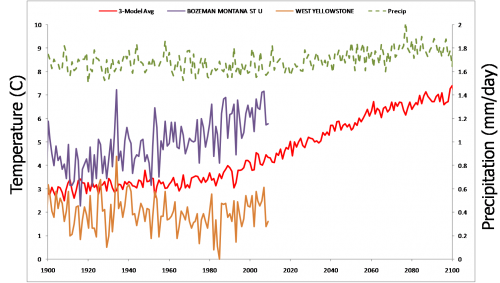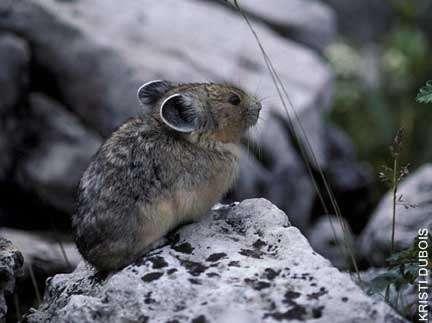From ModelWiki
Jump to: navigation, search
Model Name: payments, penalties, and environmental ethic
Citation: Dudley, R. 2007. Payments, penalties, payouts, and environmental ethics: a system dynamics examination Sustainability: Science, Practice, & Policy 3(2):24-35. http://ejournal.nbii.org/archives/vol3iss2/0706-013.dudley.html.
Source: Richard G. Dudley
Copyright: Richard G. Dudley (2007)
License: Gnu GPL
Peer reviewed: Yes (probably when submitted for publication?)
Units balance: Yes
Format: Vensim
Target audience: People interested in the concept of payments for environmental services as a means of improving land use and conservation of natural resources.
Questions answered: How might land users’ environmental ethic be influenced by, and influence, payments for environmental services.
Software: Vensim
Files:
http://modelwiki.metasd.com/images/d/db/SSPP_PES_and_Env_Ethic_2007-09-25.vmf







